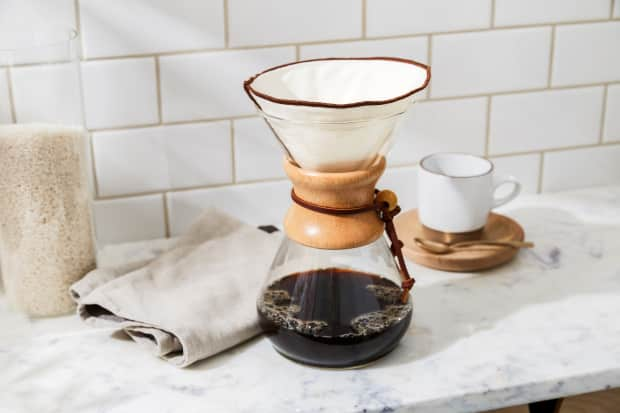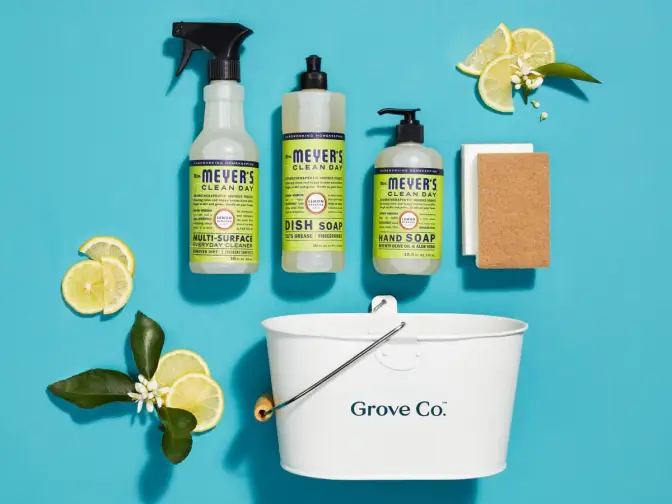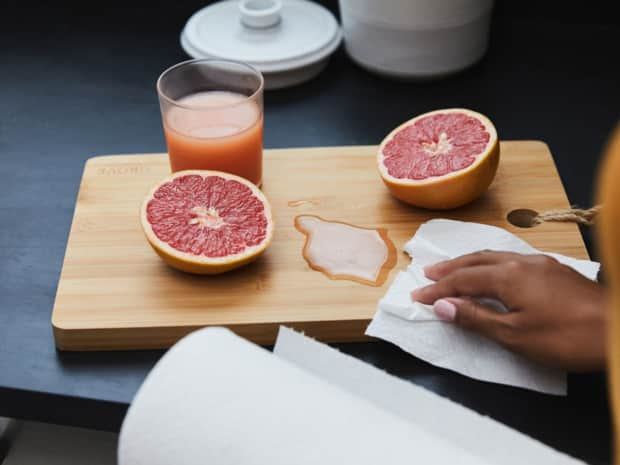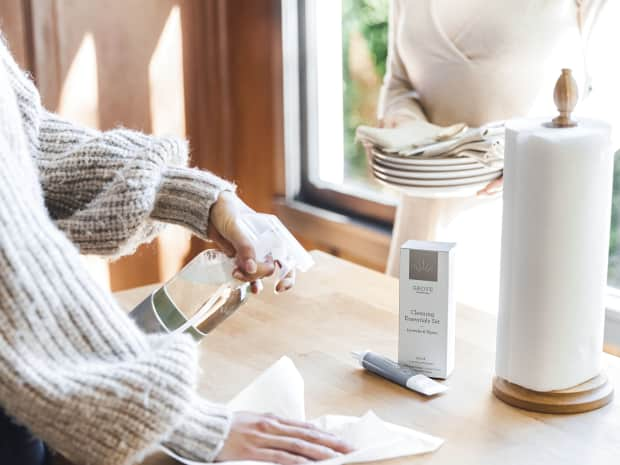How do you clean a Keurig coffee maker?
Keurigs range in sizes and pieces, but overall the steps to cleaning a Keurig remain the same. Along with taking apart your Keurig and cleaning each piece with soapy water, cleaning the interior of the coffee maker is just as important.
To clean your Keurig, reassemble your coffee maker and fill it with a cleaning solution of half water and half vinegar.
Run the machine without your filter, to brew your cleaner. Run your Keurig a few times until the water runs clean.
Pro tip: Use a toothbrush for a more thorough cleaning!






